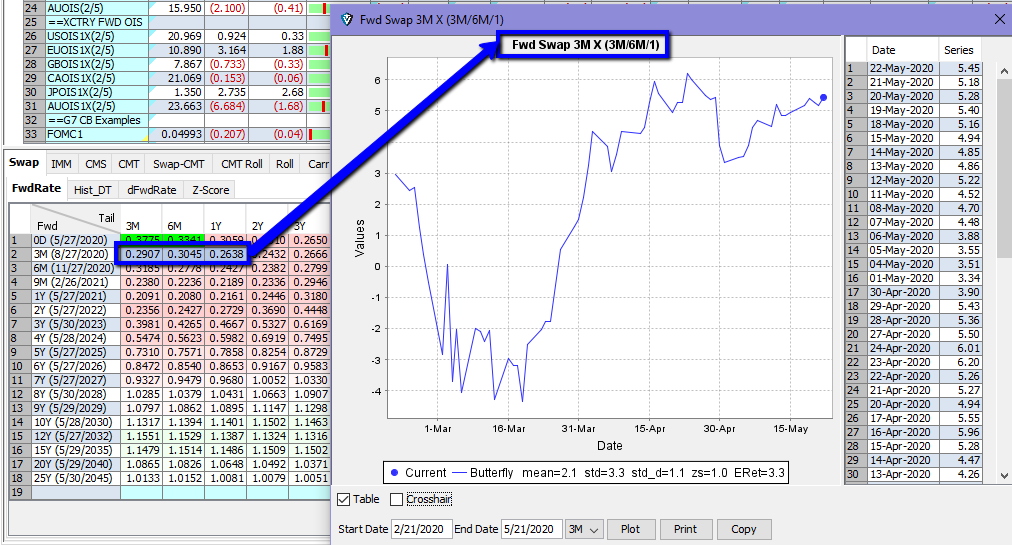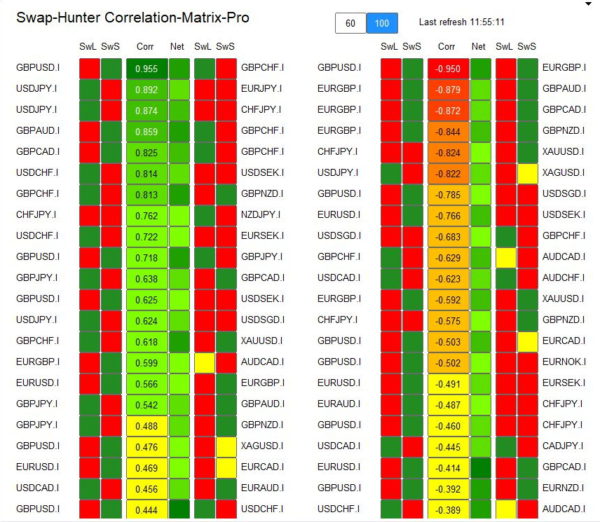
The Scenes for the following samples can be all found in Assets/Samples/2D Animation//Samples/5 SpriteSwap:
#UNITY PALETTE SWAP USING MATRIX ANDROID#
Handling Device Orientation Efficiently in Vulkan With Pre-Rotation on the Android developers blog.Vulkan Design Guidelines on the Android developer website.These cases only apply when rendering directly to the backbuffer. Use of backbuffer with Unity RenderPass API in an MRT setup together with other Render Textures.Native rendering plugins that use the Vulkan swapchain image might need to be modified.Shaders that use screen space derivatives (ddx, ddy).More info See in Glossary position in the fragment shader ( SV_Position) Pixel lighting is calculated at every screen pixel.

Pixel size depends on your screen resolution.

This means that the rotation itself is applied in the vertex shader A program that runs on the GPU.

To apply the rotation, Unity modifies the projection matrix (UNITY_MATRIX_MVP, UNITY_MATRIX_P).

Then you can use the Render Texture in a Material just like a regular Texture. To use them, first create a new Render Texture and designate one of your Cameras to render into it. It has no effect when rendering to a Render Texture A special type of Texture that is created and updated at runtime. Note: The rotation only applies when Unity renders directly to the backbuffer. More info See in Glossary (see also: PlayerSettings.vulkanEnablePreTransform) and enable Apply display rotation during rendering. To do this, navigate to the Android Player Settings Settings that let you set various player-specific options for the final game built by Unity. In most cases, you can apply this rotation during rendering with very little overhead. This additional rotation might incur a performance cost, depending on the device’s hardware capabilities. If your application’s framebuffer orientation doesn’t match the display’s native orientation (portrait, for most devices), Android needs to apply an additional rotation every time a rendered frame appears on the screen.


 0 kommentar(er)
0 kommentar(er)
